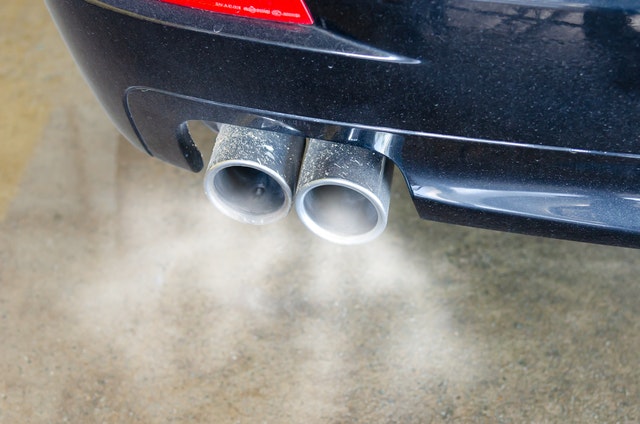Australia greenhouse gas emission statistics
Matilda Douglas-Henry
Australia receives a lot of necessary scrutiny for its greenhouse gas emissions, particularly in a world where climate change is becoming an ever present threat, and other global powers are endeavouring to introduce initiatives to reduce their global footprint. This article will look at greenhouse gas emission statistics in Australia, including:
- An overview of greenhouse gas emissions statistics in Australia
- Biggest producers of greenhouse gas emissions in Australia
- Australian greenhouse gas emissions in 2020
- The future of greenhouse gas emissions in Australia

Australian greenhouse gas emission statistics: an overview
- Since 1910, average above-land temperatures in Australia have increased by approximately 1.4C. This is a product of greenhouse gas emissions having a serious impact on weather, and creating extreme climates.
- Cars are the largest source of transport emissions in Australia, and have grown by 25 per cent since 1990.
- In 2020, Australia’s annual CO2 emissions was 391.89 million tonnes*.
What are Australia’s biggest producers of greenhouse gas emissions?
Even though Australia is infamous for its inefficient vehicle fleet, transportation is not the country’s largest source of emissions—electricity is. Electricity accounts for 33 per cent of greenhouse gas emissions in Australia, whereas transportation comes in at 18 per cent.
Coal power is a disturbing and significant contributor to greenhouse gas emissions in Australia. At the COP26 climate summit in Glasgow, it was revealed that Australia has the highest greenhouse gas emissions from coal power per capita, almost doubling China’s rates.
This means that the annual per person emissions is five times greater than the global average, making Australia’s production 40 per cent higher than any other dominant coal power user. Indeed, over the past year, approximately 60 per cent of Australia’s electricity came from burning coal—fortunately we are starting to see more attempts to use renewable energy instead.
Australian greenhouse gas emissions in 2020
Like the rest of the world, Australia saw a massive shift in emissions production due to the COVID-19 pandemic. In the year to March 2021, Australia recorded 494.2 million tonnes of emissions. This is 5.3 per cent—or 27.8 million tonnes—less than the year before.
Especially during lockdowns, communities saw fewer cars on the road: a major contributing factor to the reduction in emissions, with transport emissions down 13.2 per cent, or 13.1 million tonnes.
The report also reflects fewer fugitive emissions (gases and vapours accidentally released into the atmosphere) and continued efforts to reduce electricity emissions by using renewable energy instead. Electricity emissions fell by 5.6 per cent, or 9.7 million tonnes*.
Unfortunately the lower rate of greenhouse gas emissions is not expected to be an enduring trend. It’s considered a product of the pandemic, and while we don’t have access to the 2021-2022 data just yet, reports already show that emissions are expected to rise again*.
What is the future of greenhouse gas emissions in Australia?
The world is paying close attention to Australia and its attempts to have a smaller carbon footprint. Australia is receiving significant pressure to commit to net zero emissions by 2050, which would follow the lead of many other countries. Right now, they are committing to only a 26 to 28 per cent cut in emissions by 2030, which the government set six years ago—meanwhile, scientific opinion is that global emissions need to be cut by 45 per cent by the end of the decade*.
Conclusion
Whether you are a car owner or a public transport-catcher, being up to speed about our climate—and the small things you can do at home to protect it—is worthwhile, particularly in the world we live in. Don’t forget to use DingGo’s quick quotes service for any panel beating services you might need, now or in the future.
